Best places to visit in Salerno, Amalfi Coast and Campania
The shining city of Salerno, the enchanted Amalfi Coast and the welcoming Campania region frame the international choral festival promoted by Feniarco and Arcc. Here are some of the pearls of the Campania Region.
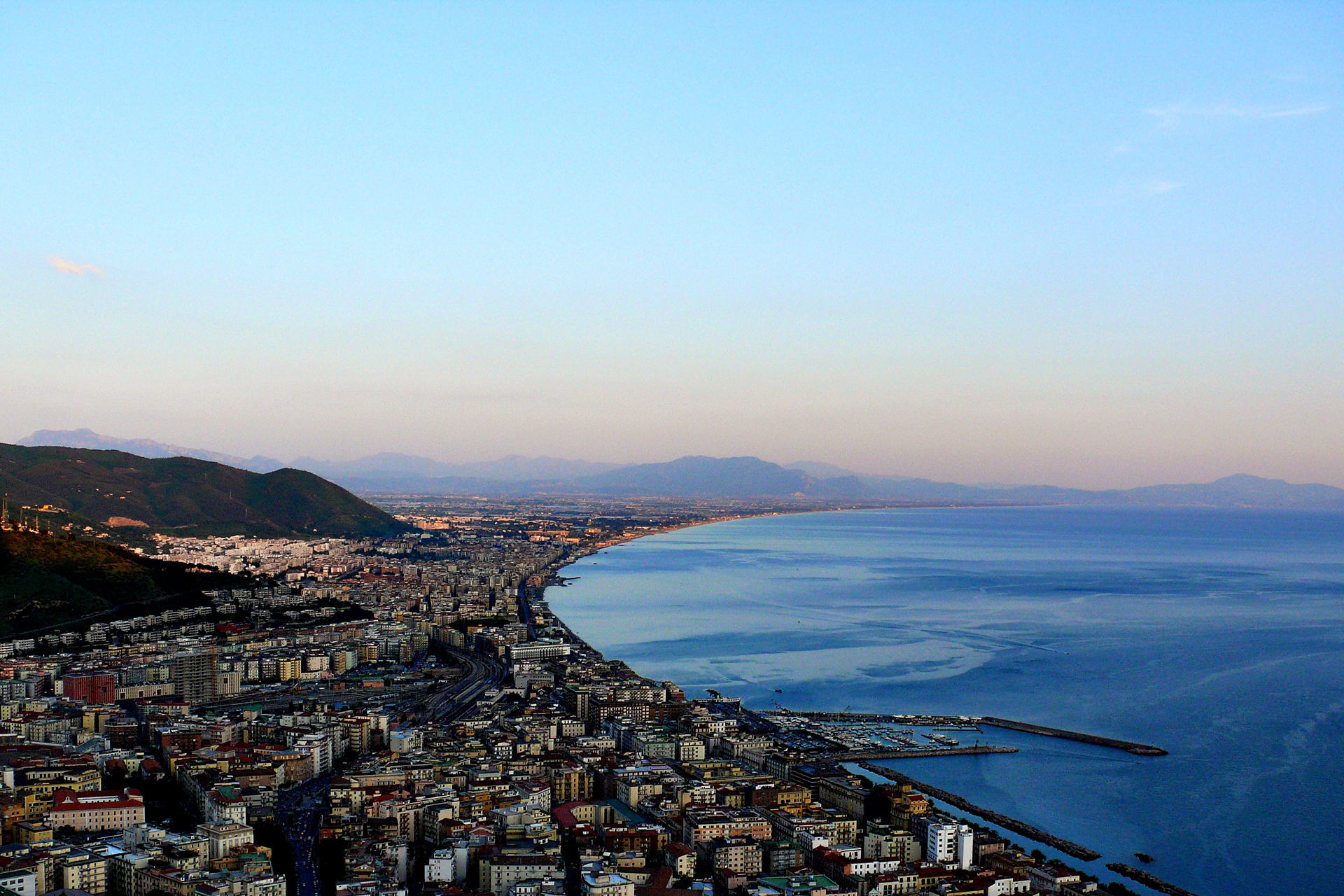
Salerno
Salerno and its province preserve a variety of landscapes and natural reality, rich in history, art and traditions. The city enjoys a mild climate for most of the year and is known for its excellent cuisine. In Salerno, tradition and modernity blend perfectly through recent urban transformations that integrate with the glorious past of the ancient Lombard principality. It boasts a history that can be read in the numerous monuments that represent a real outdoor museum, an unforgettable experience for the many tourists who love art and culture and spend holidays to discover extraordinary places.Located in a strategic position, Salerno is the ideal starting point to visit the main tourist resorts of Campania, especially the area of the Amalfi Coast and Cilento.
Amalfi
Set on a slope at the mouth of the Valle dei Mulini, it is one of the pearls of southern Italy, the largest city on the Amalfi Coast, the oldest Italian maritime republic. Amalfi is a town of about 7000 inhabitants rich in history and art and gives its name to the homonymous Coast, famous all over the world and since 1997 UNESCO World Heritage Site. Perfect tourist destination for thousands of Italian and foreign tourists in all seasons of the year, it has always been visited for its beauties and delicacies: the Duomo, the white houses arranged between narrow streets, the characteristic artisan shops, the lemon groves, the terraces , the fried fish cuoppo, the small port and the beaches crowned by the crystalline sea, the fish menus of the characteristic restaurants, the museums of the Carta and the Arsenale.
Are you in Salerno? So, we advise you to take the ferry and reach Amalfi by sea. It will be a journey that offers an exceptional view from the sea of the entire coast.
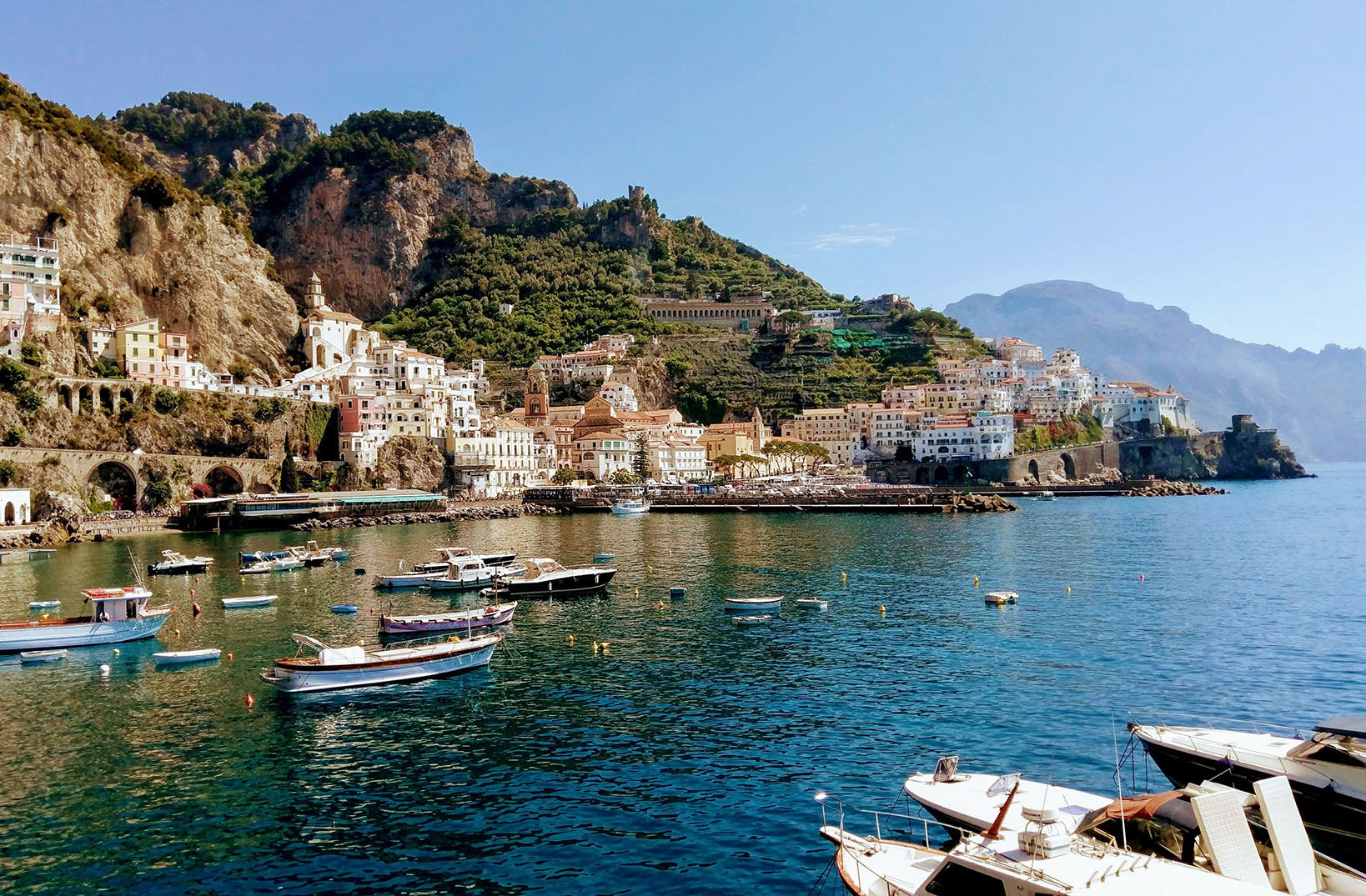
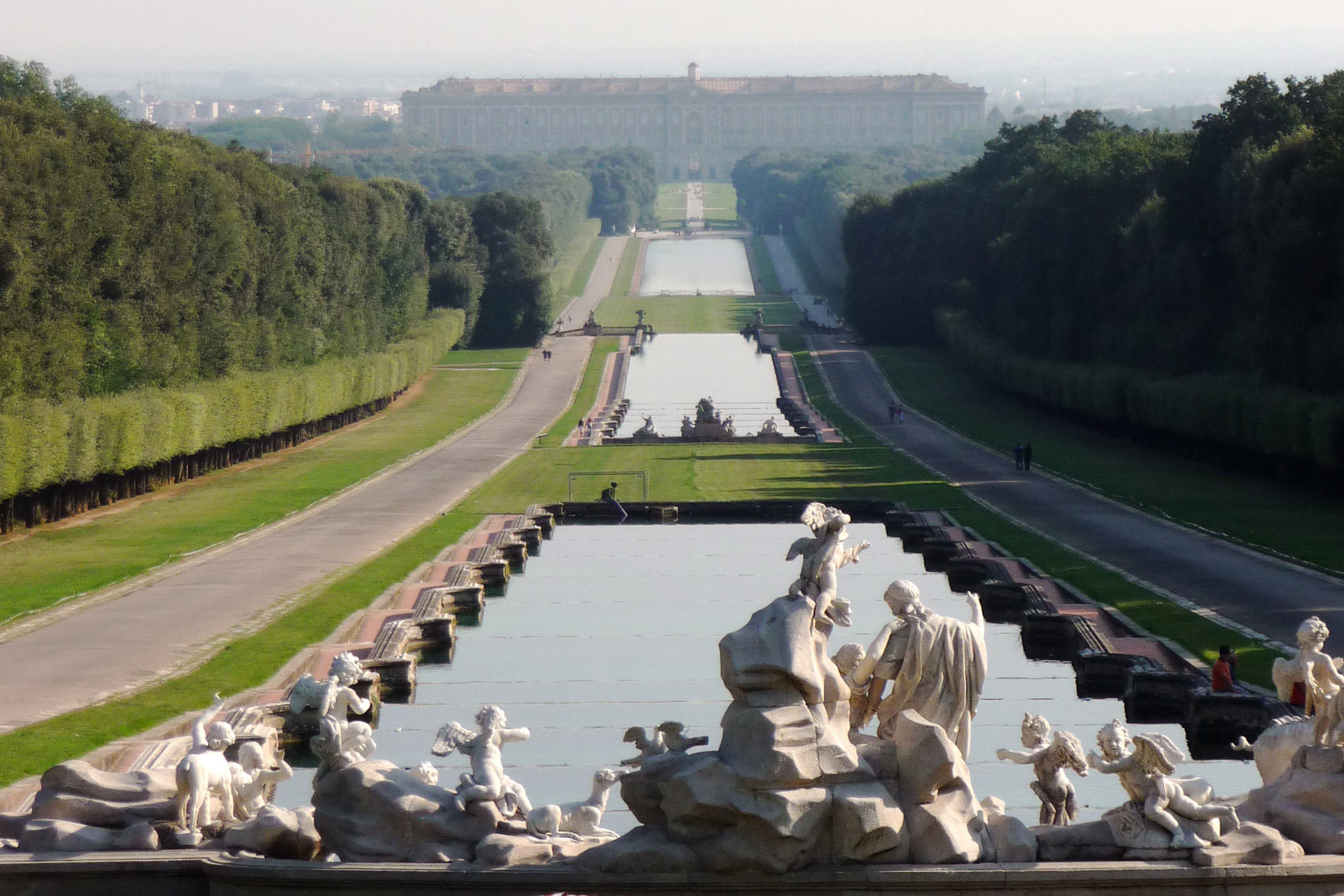
Caserta
Caserta and its territory is rich in parks, reserves and protected areas. Territory full of medieval villages, churches and Roman architecture also offers the opportunity to immerse yourself in history and beauty, first of all that of the Royal Palace of Caserta. The Royal Palace is the largest royal residence in the world by volume and the historical owners were the Bourbons of Naples. In 1997 it was declared a UNESCO World Heritage Site.The Royal Palace of Caserta was commisioned by the King of Naples Carlo di Borbone. Struck by the beauty of the landscape and willing to give a worthy seat of representation to the government of the capital Naples and its realm, he wanted a palace to be built that could stand comparison with that of Versailles. The project for the imposing construction, intended to compete with other European royal residences, was entrusted to the architect Luigi Vanvitelli.
Ercolano
Legend has it that the city of Herculaneum was founded by Hercules and today has about 50,000 inhabitants. Herculaneum was a rich commercial city, less known than the nearby Pompeii because of the depth to which it was buried in the eruption of Vesuvius in 79 AD, but it remains, for this reason, better preserved and, also, is part of the humanity of UNESCO. The Baths, the College of Priests of Augustus, a theater, are almost intact. As well as the Casa del Bicentenario and the Casa dei Cervi, which have large courtyards and rich decoration. The archaeological dig of Herculaneum are a fixed destination of about 350,000 tourists a year.
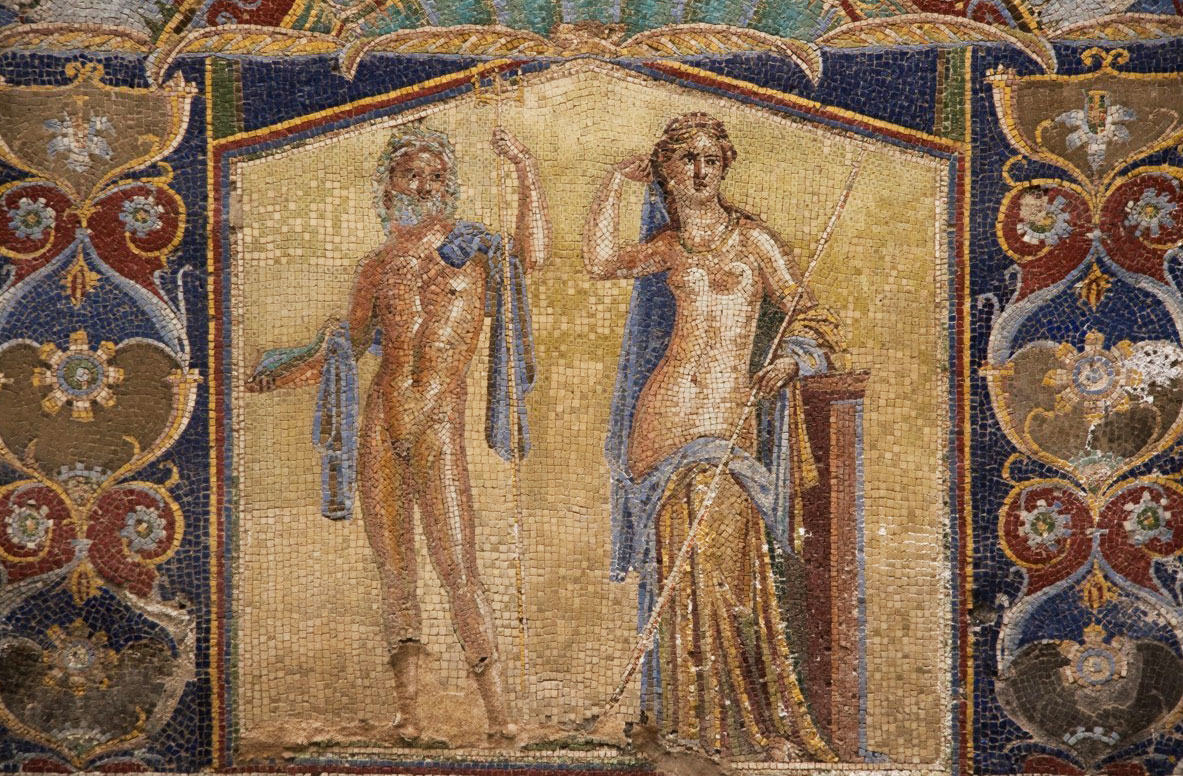

Naples
Surrounded by Mount Vesuvius, overlooks a splendid gulf: a place of magic, where colors, flavors, aromas, culture and history blend together in a charming cocktail of knowledge, joy and fun. The vivacity exudes from every clod of this earth, whose famous songs and tasty gastronomic specialties never set. Not to mention the sea, so blue to be confused with the sky, interrupted only by three beautiful islands (Capri, Ischia and Procida), each with its own historical and tourist identity, and from smaller islands.
Many are the words or images that synthesize and represent the stereotypical identity of Naples: pizza, tarantella, mandolin, horns, grimace, mozzarella, the mask of Pulcinella, the crib, the miracle of San Gennaro and others yet. Naples is a city to visit. Its historic center, in 1995, has been listed by UNESCO as a world heritage site.
www.infoturismonapoli.it
Padula
The picturesque historical center of Padula, a city known for the Monastic de la Certosa di San Lorenzo complex, a UNESCO World Heritage Site, is one of the most visited historical sites of the Vallo di Diano. Second in size only to the Certosa di Parma, the Certosa di San Lorenzo was founded by Tommaso San Severino in 1306. The Certosa di San Lorenzo is a former monastery, today one of the grandiose monumental complexes of southern Italy, UNESCO heritage and among the most vast in Europe. Along the portico there are the neighborhoods of the Carthusians and at the back, in an octagonal tower, the spectacular elliptical staircase. The cloister, with its 12,000 square meters, is one of the largest in the world. Today the Certosa is owned by the Italian State and is managed by the Campania Museum Complex.
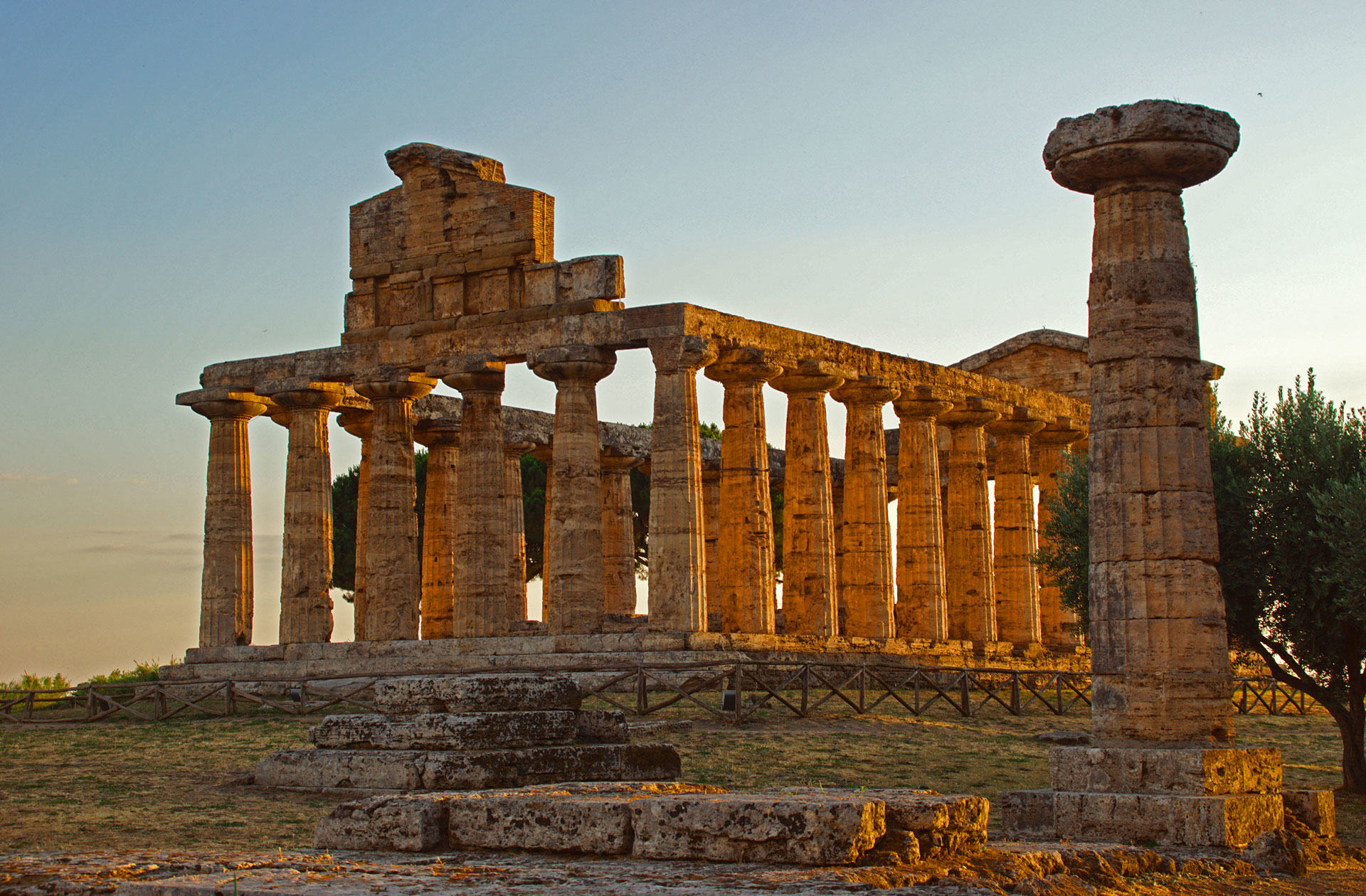
Paestum
Paestum is an archaeological site of historical importance located south-east of the Gulf of Salerno, in the southern part of the "Piana del Sele", and recognized by UNESCO as a World Heritage Site. The site is located in the Municipality of Carpaccio in the Province of Salerno.Founded by the Greeks around the seventh century B.C. with the name of Poseidonia, Paestum was later occupied by the Lucanians until, in 273 BC, Rome made it a prosperous colony, giving it its current name. The beginning of the Middle Ages, however, marked its irreversible decline.
The three majestic temples (Hera, Neptune and Athena), included in the green plain, are the elements that most impress visitors: even several writers, poets and artists such as Goethe, Shelley, Canova and Piranesi remained fascinated by this show that turned out to be their source of great inspiration.
Pompei
The Roman city of Pompei, a UNESCO world heritage site, is known throughout the world for the tragedy of 79 b.C., when it was buried by the eruption of Vesuvius together with Stabiae, Oplontis and Ercolano. An immense tragedy that has allowed us to find untouched, after almost two thousand years, a very important historical testimony, a cross-section of common life in the greatest empire of antiquity. The excavations allow the tourist a total immersion in a vanished world in which our western civilization bases its origins.The geographical position of Pompei is extremely favorable, a few kilometers from Naples and Salerno, near Ercolano, the Sorrento coast and the Amalfi Coast. It is easily reachable through "the Chiunzi pass" which connects the Vesuviana area with Maiori from which Amalfi is easily reached. Even the island of Capri is clearly visible from Pompei.
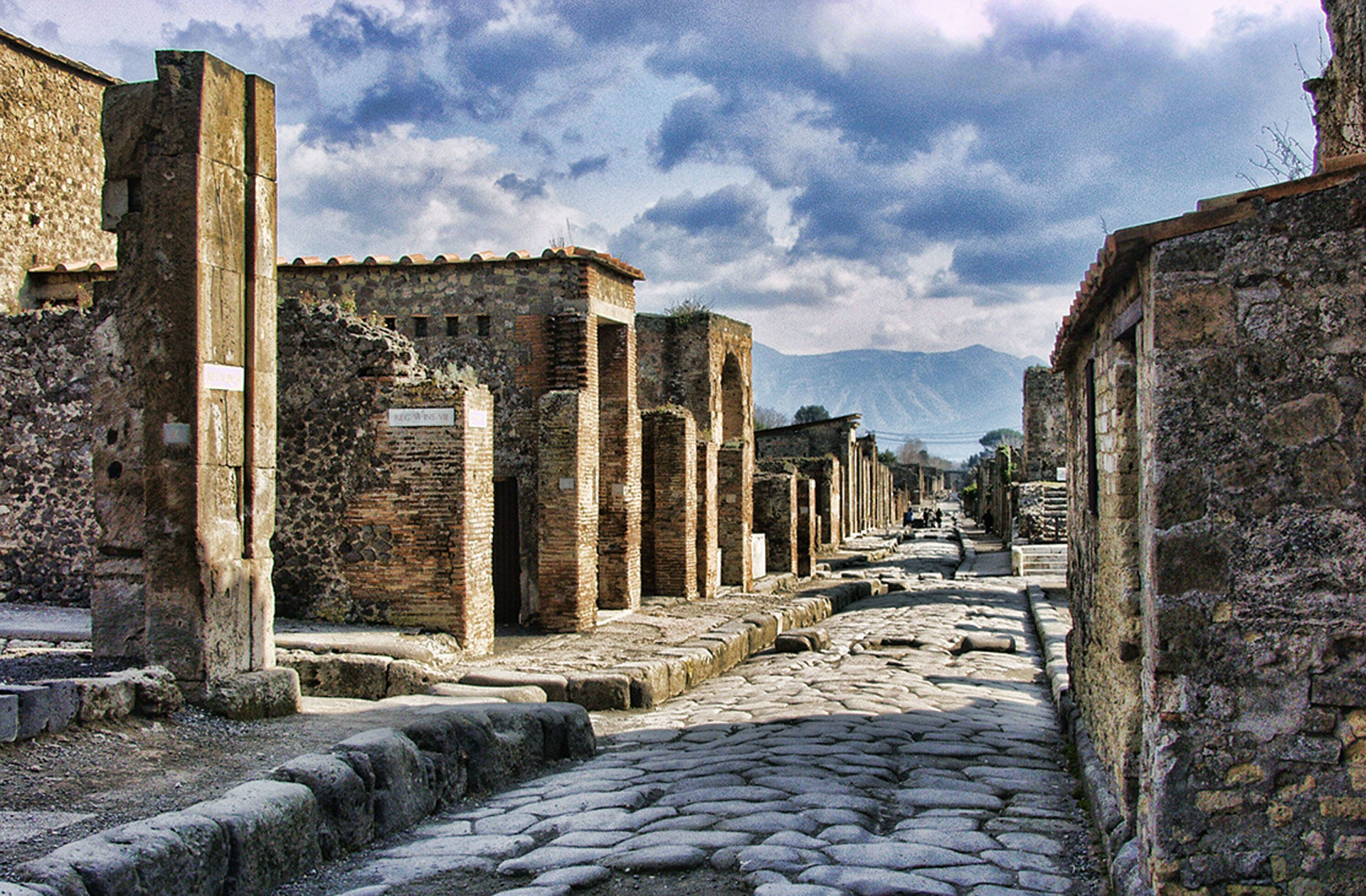
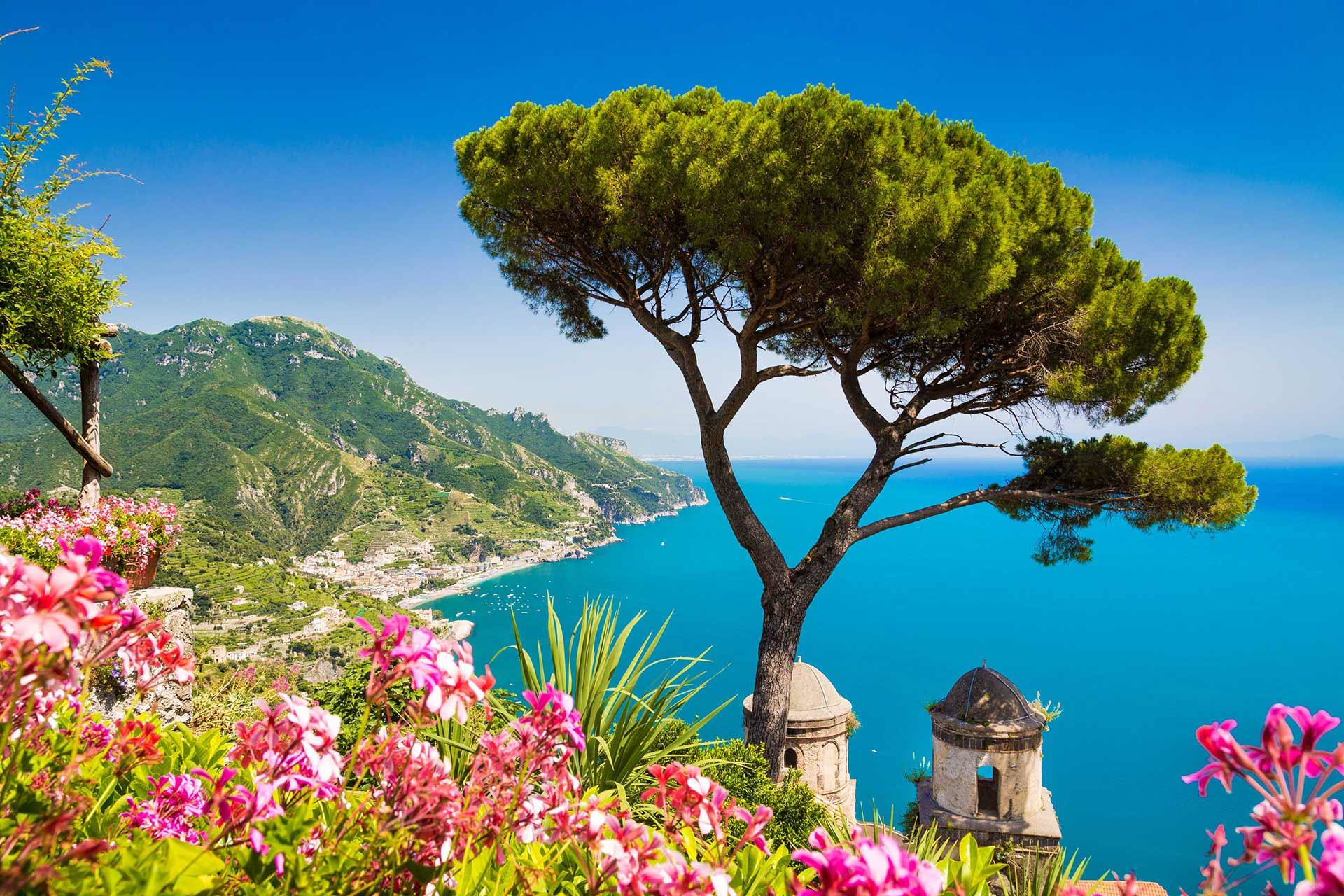
Ravello
The glance on the Amalfi Coast from the top of Ravello leaves you breathless. The jagged coastline, with rocks covered by lush vegetation, is delicately lapped by the waves of the sea. Going back you can visit the enchanted and silent village of Ravello, then descend to the coast road.Ravello has also been named the city of music and is home to the Ravello Festival and the striking Oscar Niemeyer Auditorium. Declared a world heritage site by UNESCO, today it is one of the most important Italian destinations of international tourism for lovers of architectural beauty. The terraces of Villa Rufolo and Cimbrone enchanted Wagner, in whose honor the International Festival of Music takes place, which has made Ravello famous all over the world. Today Ravello is always animated by an intense cultural activity, boasting a calendar of important shows, exhibitions and concerts.
La Mozzarella di Bufala
The word "mozzarella" results from the verb "mozzare" (literally cut off), that is, the operation still practiced today in all the dairies, which consists in handling with the hands the piece of spun curd and immediately detach the mozzarella with the indices and the thumbs in their typically rounded shape. Already in the twelfth century, when the buffaloes were increasingly appreciated for the production of their milk, making consolidated their presence in the coastal plains of the Volturno and Sele , the first historical documents that testify how the monks of the monastery of San Lorenzo appear in Capua they used to offer a cheese called mozza or provatura (when smoked), matching by a piece of bread, to the pilgrims. This is where the production of this cheese, produced traditionally in Campania, originated, especially in the provinces of Caserta and Salerno, which in 1998 obtained the Protected Designation of Origin (PDO).
Come to Salerno to taste it with many other typical products of the region!
